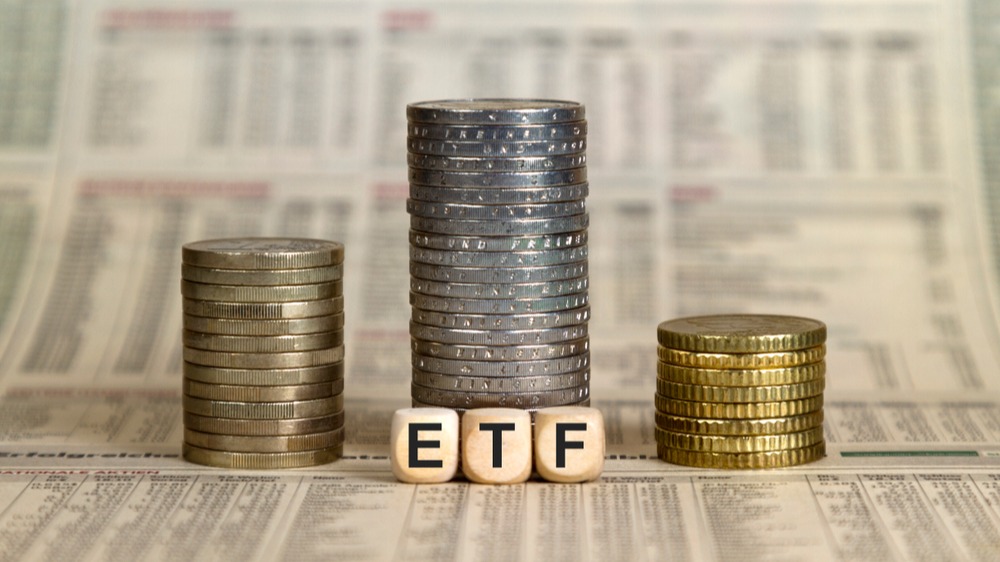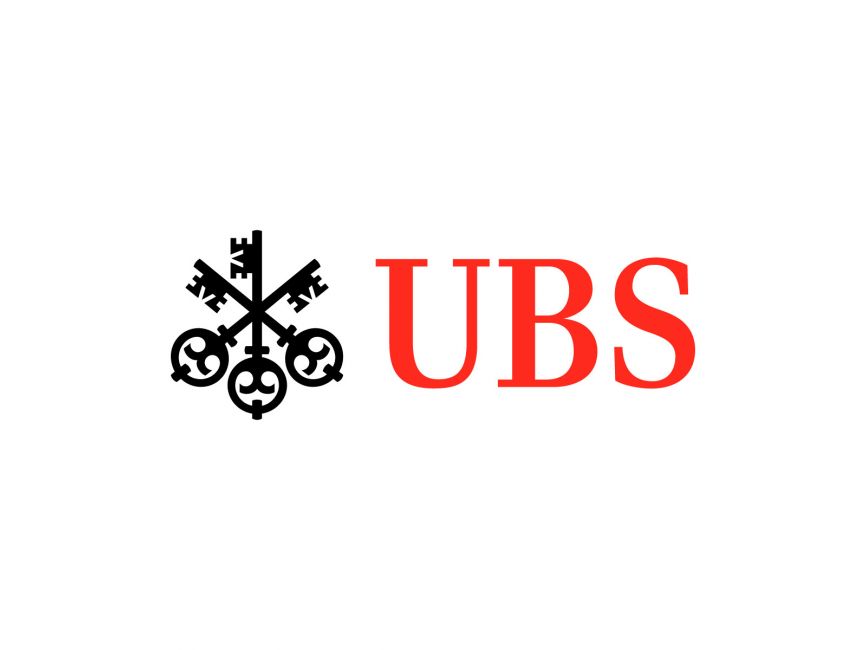Nascent ETF issuers struggle to compete with department store asset managers at the best of times, but this becomes entirely impossible when large players are happy to cut fees and accept losses to get investors through the door.
The regularly termed ‘fee war’ may be a long-term war of attrition but it is also a behavioural event among large ETF issuers looking for quick wins in asset gathering, as witnessed last year.
BlackRock cut fees across a total of 40 ETFs while State Street Global Advisors (SSGA) slashed fees on products housing more than $10bn at the time, including the headline-grabbing SPDR S&P 500 UCITS ETF (SPY5), which became Europe’s lowest-fee ETF at just 0.03%.
Shortly after, DWS chopped total expense ratios (TERs) on 31 ETFs housing $11bn in one fell swoop while UBS Asset Management cut fees across more than 200 ETF share classes.
Ahead of the cuts, SSGA had booked just $38m inflows in 10 months into SPY5, however, this jumped to $1.2bn net new assets in the month following. UBS AM, meanwhile, carried out its cuts after booking $715m outflows last year.
While such behaviour may seem like the natural to-and-fro of an industry built on the premise of offering value to investors, it also feeds into a worrying dynamic – where asset gathering is determined by a firm’s ability to run loss-making or near loss-making ETF ranges, charging economically unviable low fees.
Conversely, it is worth considering what this means for smaller challengers, which often fill esoteric gaps in the market and do not operate other businesses outside of ETFs.
“The market has this broad issue where the solution to dealing with competitors is to create uneconomic products on the basis that the broader asset manager business makes enough money that they can lose money on an ETF business while crushing out competitors that have to focus on the economics of launching individual ETFs,” Michael John Lytle, CEO of Tabula Investment Management, said.
Looking to BlackRock, Lytle highlighted in addition to ETFs, the firm can sell investors traditional funds, segregated mandates, ancillary services, Aladdin and “in among all of this, they will make money”.
He added this is the standard model across large asset managers, with DWS in the early days of Xtrackers slashing fees once products became economically viable and “not caring about net profits because it is a shop window for getting them in the store for selling them other stuff”.
This dynamic also rings true in SSGA’s SPY5, whose TER revenues are wiped out by S&P 500 licencing costs of three basis points (bps) of assets under management (AUM) plus $600k a year.
However, the ETF’s US equivalent made 5.1bps of securities lending revenue last year, 25% of which is kept by the lending agent, State Street. With SPY5’s current AUM, this would equate to $1.3m of annual revenue passed back to its parent company.
Lytle concluded: “Investors have to see that the Costco model is destroying the dynamics for those delivering more specialist products so they have to make a conscious decision to patronise those businesses that they want to see survive.”
Martin Rozemuller, CEO of VanEck Europe, warned smaller ETF issuers will only continue to generate innovative strategies if they are rewarded for doing so.
“That is something the industry and investors need to keep in mind,” Rozemuller continued. “If they want to see innovative products come to market, they need to favour some of these companies that bring these products to market, or otherwise they will stop.”
Echoing his thoughts, Hector McNeil, co-founder and co-CEO of HANetf, said: “We do not compete on price; we compete on innovation. It is just about whether the client cares enough to support this.”









